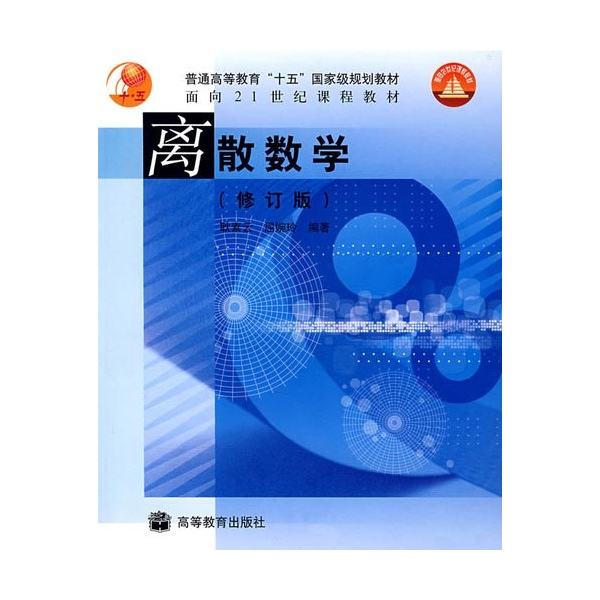Quantum degeneracy in error correction is a feature unique to quantum error correcting codes unlike their classically counterpart. It allows a quantum error correcting code to correct errors even in cases when they can not uniquely pin point the error. Diagonal distance of a quantum code is an important parameter that characterizes if the quantum code is degenerate or not. If code has distance more than the diagonal distance then it is degenerate whereas if it is below the diagonal distance then it is nondegenerate. We show that most of the CWS codes without a cycle of length 4 attain the upper bound of diagonal distance d+1 where d is the minimum vertex degree of the associated graph. Addressing the question of degeneracy, we give necessary conditions on CWS codes to be degenerate. We show that any degenerate CWS code with graph $G$ and classical code C will either have a short cycle in the graph $G$ or will be such that the classical code C has one of the coordinates trivially zero for all codewords.
翻译:错误校正中的量子变异性是量子错误校正代码的独特特征, 与经典的对等方不同。 它允许量子差校正代码以纠正错误, 即使在它们无法独有的针点错误的情况下也是如此。 量子代码的对角距离是一个重要参数, 是量子代码变色或不变色的特征。 如果代码的距离大于对角距离, 它就会退化, 而如果它低于对角距离, 那么它就不会退化。 我们显示, 大多数没有长度周期 4 的 CWS 代码都达到了对角距离 d+1 的上限, 其中 d 是相关图形最小的顶端点 。 解决调色度问题, 我们给 CWS 代码设定了必要的条件, 要降解。 我们显示, 任何带有图形 $G$ 和 经典代码 C 的任何退化的 CWS 代码, 都会在图形 $G$ 和 经典代码 C 中有一个短周期, 或者说, 古典代码 C 将拥有所有代码的坐标中一个微不足道的零 。




